Types of cabbage in pictures. Useful properties of cabbage
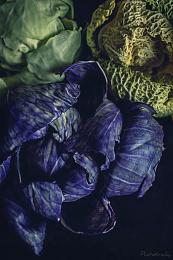
The cabbage genus has more than 100 species, most of which have been known since time immemorial. Types of cabbage the pictures are presented with six independent names.
Content:
Description of varieties
Many types of cabbage originated in China and the Mediterranean, and wild varieties are common in Eurasia. Botanists distinguish the following types of cabbage (in pictures): Savoyard, kohlrabi, Brussels sprouts, cabbage, color and leafy. Headed forms of cabbage evolved from cultivated leaf cabbage.
Judging by archaeological finds, cabbage has been used by primitive people since the Stone Age. In Rus', cabbage has also been known since ancient times. First, apparently, cabbage came to the Russian table, since the name of the vegetable comes from the Latin word “capucium,” which means head.
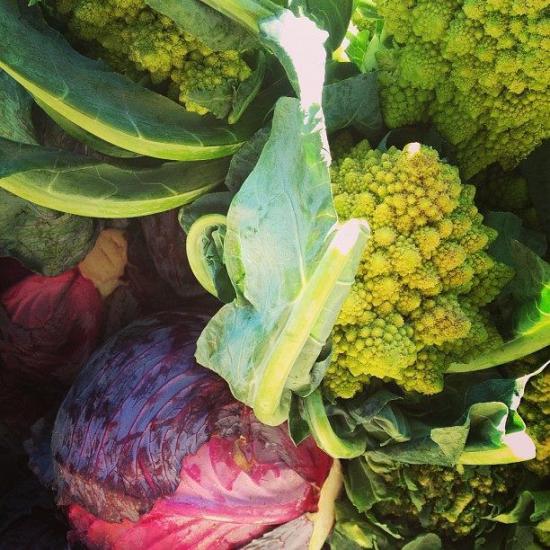
There is information that cauliflower was brought to Russia during the time of Catherine II (the era of her reign - the 18th century), but it also did not find wide use among the people for a long time.
Beneficial features
Over time, our ancestors this healthy vegetable I liked it; during long periods of fasting, cabbage, along with fish, replaced most fasting foods. It was the favorite food of working people all year round. Even Domostroy gives detailed instructions on growing cabbage, how to store it and use it for good.
The calorie content of cabbage, the amount of carbohydrates and fats is small, but it contains many minerals, enzymes, up to 2 percent sugars, growth substances, and up to 16 free amino acids.
Ascorbic acid in indole-bound form (ascorbigen) is very resistant to processing, remaining for more than a year. Comparing cabbage and raw potatoes in terms of the presence of ascorbigen, there is 50 times more of it in cabbage.
Modern data allow cabbage to be classified as a product of fairly high biological activity. It effectively has a stimulating effect on metabolic processes, slightly relieves pain syndromes, perfectly removes cholesterol, and strengthens blood vessels. Therefore, it is recommended for people with a tendency to gout, ischemic heart disease, and gallstone disease. But for those who have increased acidity, it is better not to include it on a large scale in the daily diet, since cabbage stimulates the secretion of stomach secretions. Also, cruciferous vegetables are excluded from the diet in case of allergies.
Compresses made from leaves are good for joint diseases. Large cabbage leaves are first scalded and slightly cut along the veins. The sheet is applied directly to the skin over the inflamed joint and wrapped with an elastic bandage overnight. The top of the bandage can be insulated with woolen items (for example, a scarf).
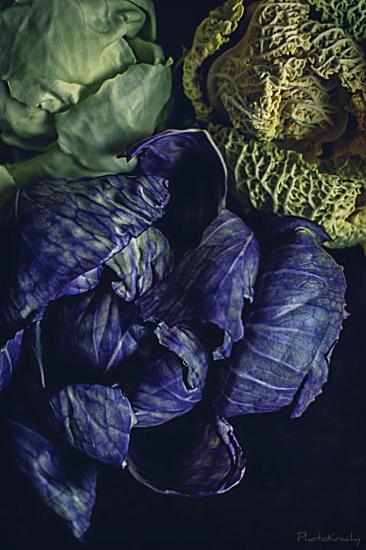
Diet drinks are very popular with cabbage juice. More often, lovely ladies squeeze Brussels sprouts, because they have a more delicate taste. Cabbage juice itself is in any case a little tart, with a noticeable bitterness. Therefore, pineapple or carrot juices or citrus fruits are added to it.
It is fresh cabbage juice that is easily digestible. But do not forget about contraindications for acidity, and reduce your consumption of sweets.Start the diet with a small amount, then increase the daily dose to 100 ml. Switching to such a hypervitamin and easily digestible diet instantly affects your well-being.
It is better to accustom children to cabbage through dishes with cauliflower; it also has a delicate taste and a less pungent smell. For weight loss, of course, cauliflower and broccoli are good both because they have low calorie content and because the tartronic acid they contain stops the development of fat.
What about our stronger half? All cruciferous vegetables actively help testosterone production, increase stress resistance and potency.
If heat treatment destroys folic acid, and eating fresh cabbage is too difficult for people prone to high acidity, then making sauerkraut may be a good solution for the family. After all, the brine can be salted moderately so as not to cause pressure surges and harm the kidneys. There is even a method of fermentation without salt, with cold water, garlic and celery - delicious and that’s all!
Contraindications
So, we went over the beneficial properties of cabbage with a few contraindications. For clarity, let's collect them in a group. Reasonable caution should be taken by people who:
- Increased acidity;
- Allergic reactions.
Having told you what the benefits of cabbage are, we also touched a little on contraindications, because there is an old maxim “do no harm.” And our explanations about the types of cabbage in the pictures and its beneficial properties will help you diversify your home diet and please your loved ones with all sorts of nutritious and healthy delights. And let as many types of cabbage as possible be mandatory elements of your family’s diet.

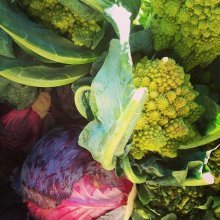
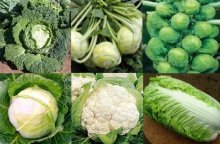
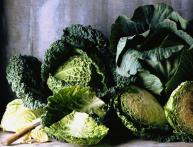
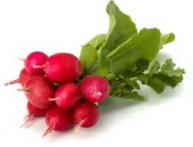
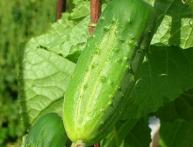
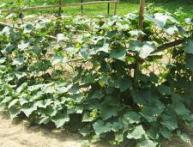
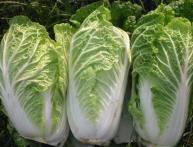

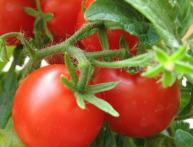

Comments
Cabbage is truly a wonderful vegetable, healthy in every way. At our dacha we grow regular cabbage and Brussels sprouts. For the winter we make sauerkraut, it’s tasty and very healthy. And how useful it is for those losing weight, if you cook stewed cabbage for dinner and lunch and supplement it with meat, then you will lose weight perfectly. And growing cabbage is not so difficult; not planting such a vegetable in your garden is a big omission!
I know first-hand about the medicinal properties of cabbage. When I was breastfeeding my baby, I missed one breast, so to speak. The cabbage leaf saved me, I applied it for a couple of nights and everything went away.
I like to eat white cabbage, cauliflower cabbage, and Chinese cabbage. They are all healthy and tasty in any preparation. My daughter generally eats it just like that and is happy. I also cured mastitis with cabbage!